The holy city of Mashhad welcomes visitors and pilgrims alike to experience the spiritual wonders and colorful bazaars the city has to offer.
BY: Wahyuni Kamah
Printed in The Jakarta Globe on October 24, 2014
Traffic … traffic,” my driver Reza said desperately as we neared my hotel in the busiest area of Mashhad on a sunny day. Mashhad, Iran’s second-largest city and the capital of Khorasan province, is around 900 kilometers east of Tehran. It’s an important city for Shiite Muslims because it houses the mausoleum and
shrine of Imam Reza, the seventh descendant of the Prophet Muhammad and the eighth of the Twelve Imams of the Twelver Shiite sect.
My hotel is located a few hundred meters away from the shrine, one of the most important and most visited holy sites in Iran. The area is the most crowded I’ve seen in any Iranian city. The street is lined with hotels, shops, restaurants, and cafes. The stores sell everything from souvenirs and snacks to garments
and jewelry. “Mashhad is the city with the most hotels in Iran,” says Sadeghi, my local guide. It’s not surprising, given that this city of around 3.1 million people sees some 25 million pilgrims visiting every year. On occasions like the anniversary of the martyrdom of Imam Reza, hotels are booked out well in advance.
Despite being a holy city, Mashhad is fairly open. Like in any Iranian city, women are required to dress modestly and cover their hair, but to enter the shrine women must wear a black chador, an outfit that wraps around the head and whole body and leaves only the face exposed. On the street, I didn’t wear a chador and the locals appeared unconcerned as I was clearly a tourist. There were also no restrictions for solo female travelers. I could go out and eat in any restaurant by myself.
The scene around the shrine complex is abuzz 24 hours a day. I visited the shrine at three different times: early morning, midday, and evening. At night, the street in front of my hotel didn’t sleep. Taxi drivers were standing by, money changers and a few stores stayed open, and pilgrims were moving to and from
the shrine. On the pedestrian bridge to the shrine, I met pilgrims from various countries. Many came in family groups, with grandparents and children too. Women shared candy with passers-by, in the spirit of
sharing and love.
When I visited the shrine during the day, I came in through the women’s entrance. No photography is permitted inside and I was asked to leave my camera, as well as wear a chador which is provided for female visitors. I then passed through a turnstile that opened to the gigantic shrine complex. The first thing I saw was the golden dome of the Imam Reza Mosque. At nearly 600,000 square meters, it’s the largest mosque in the world by dimension. I took in the view of the huge courtyard filled with pilgrims, young and old,
men and women, healthy and disabled, all there is a spirit of high religious fervor. The architecture of the whole complex, the beautifully painted tiles, and calligraphy of the mosque’s facade, was astounding.
Suddenly a female attendant approached me. “Your hijab is important for you,” she said, pointing to an errant lock of hair that had slipped out of my chador and down my forehead. The whole shrine complex includes nine courtyards, four sanctuaries, 26 porches, a university, museum, library, and a hospital, and is open 24 hours a day, with both male and female attendants working to care for the complex and visitors. Read More…

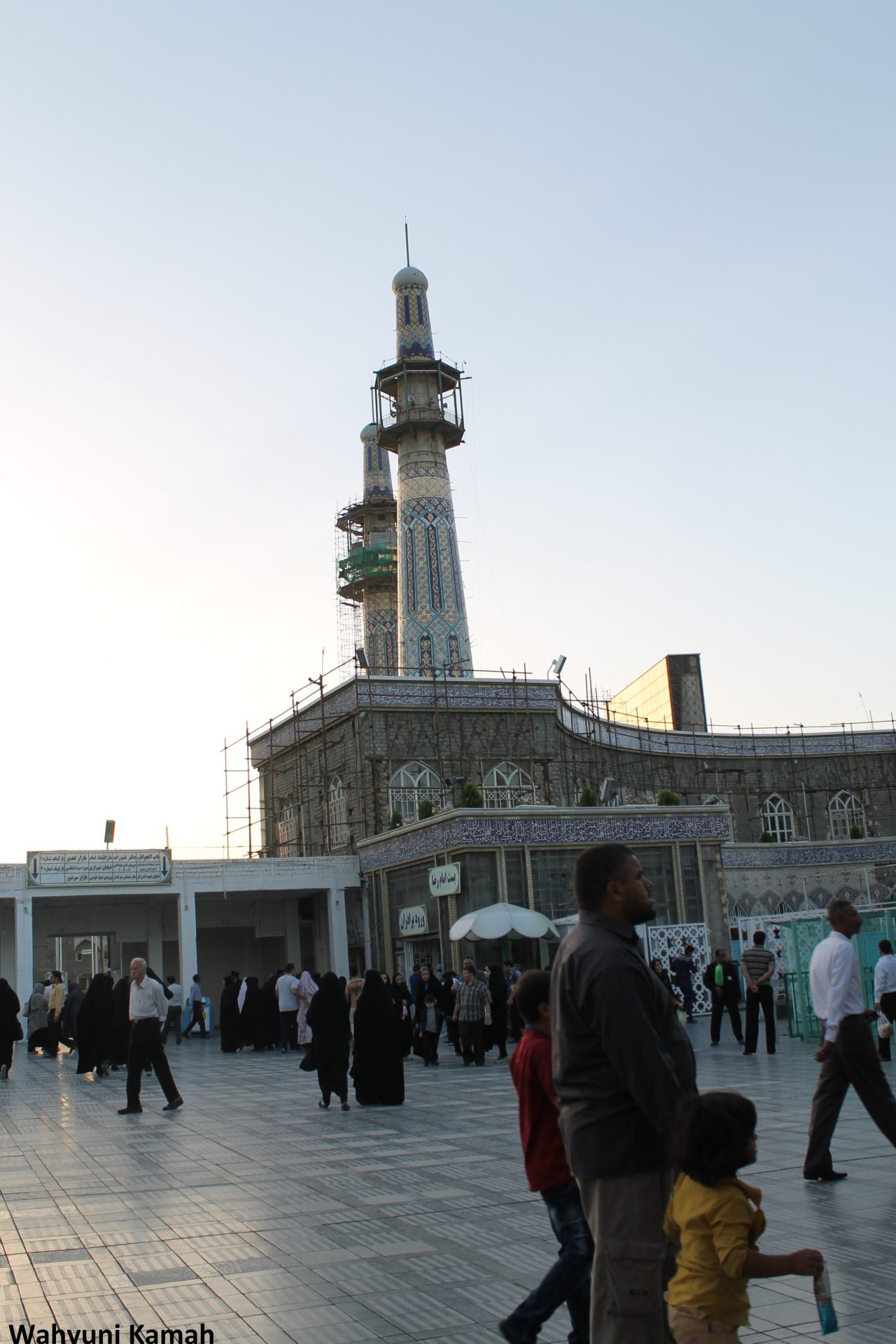
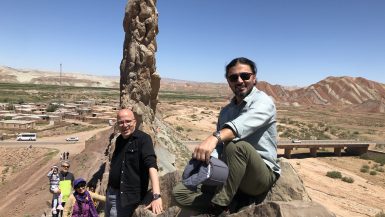
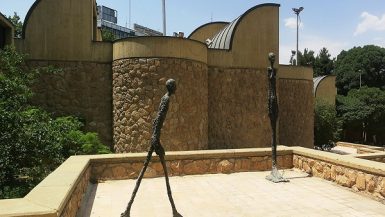
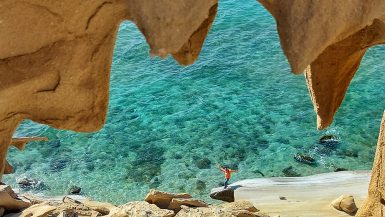
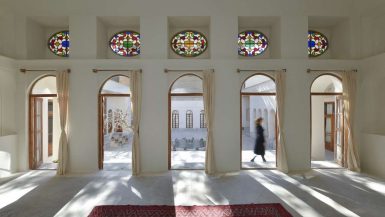
Leave a reply